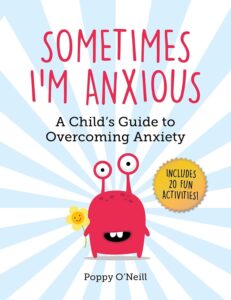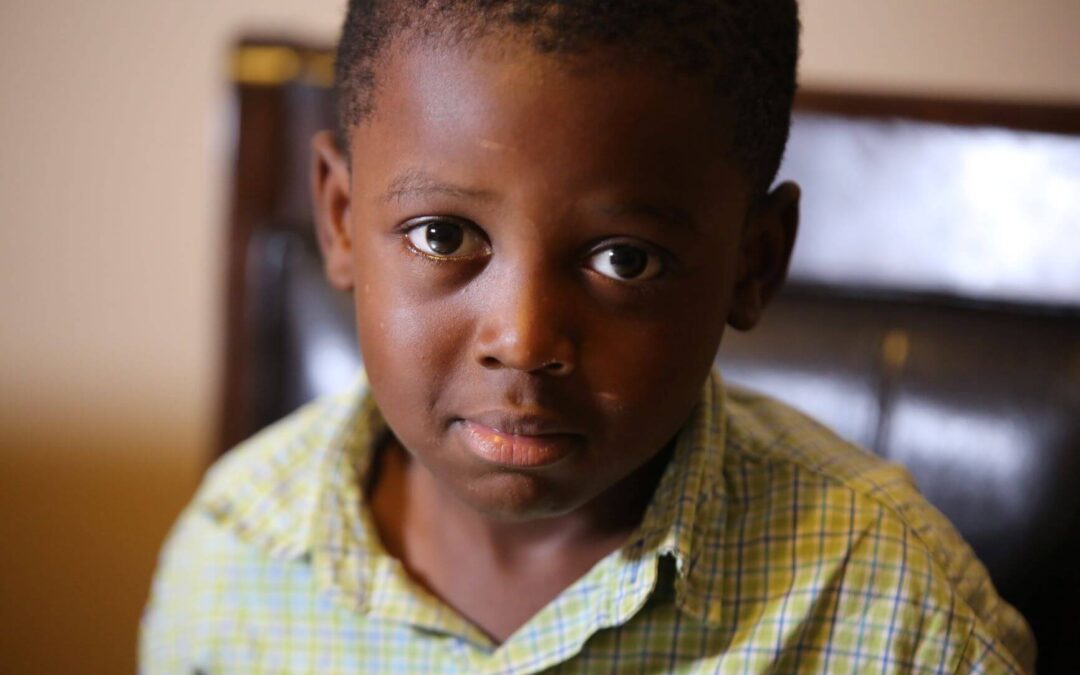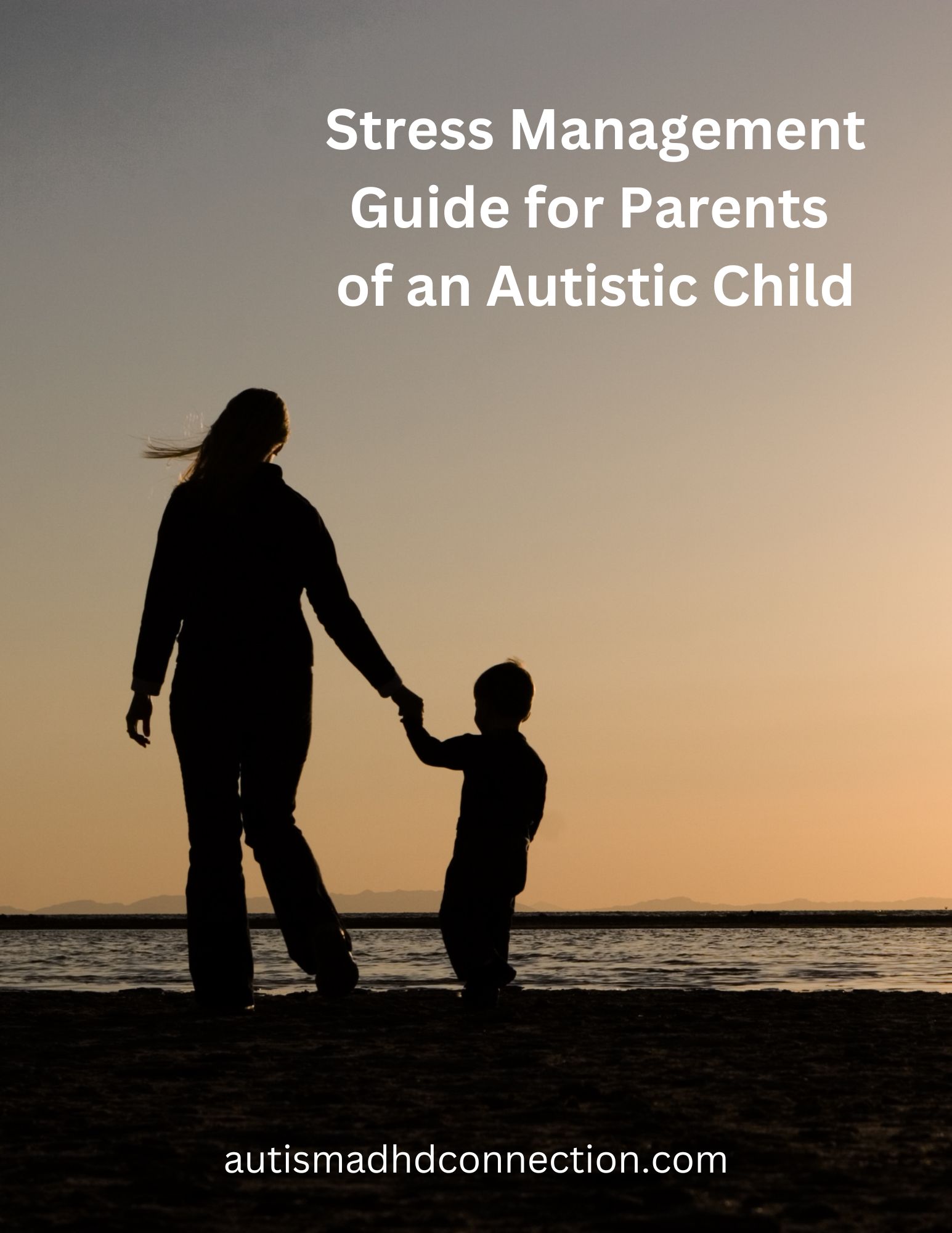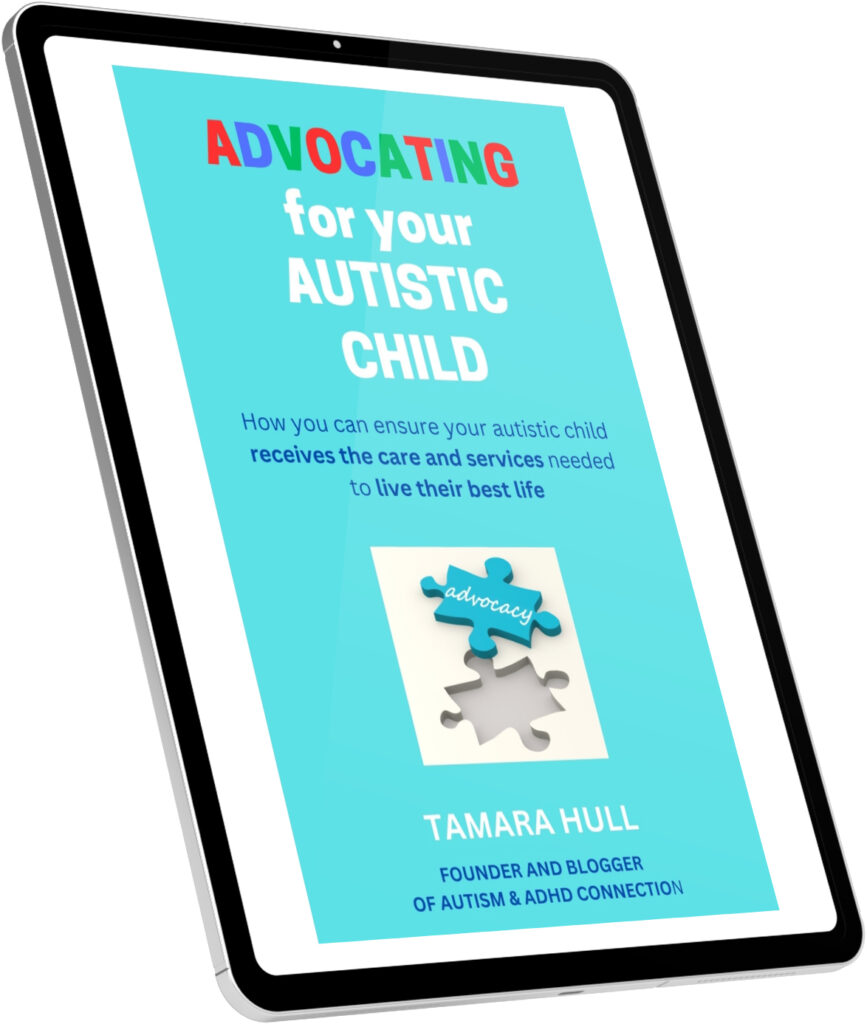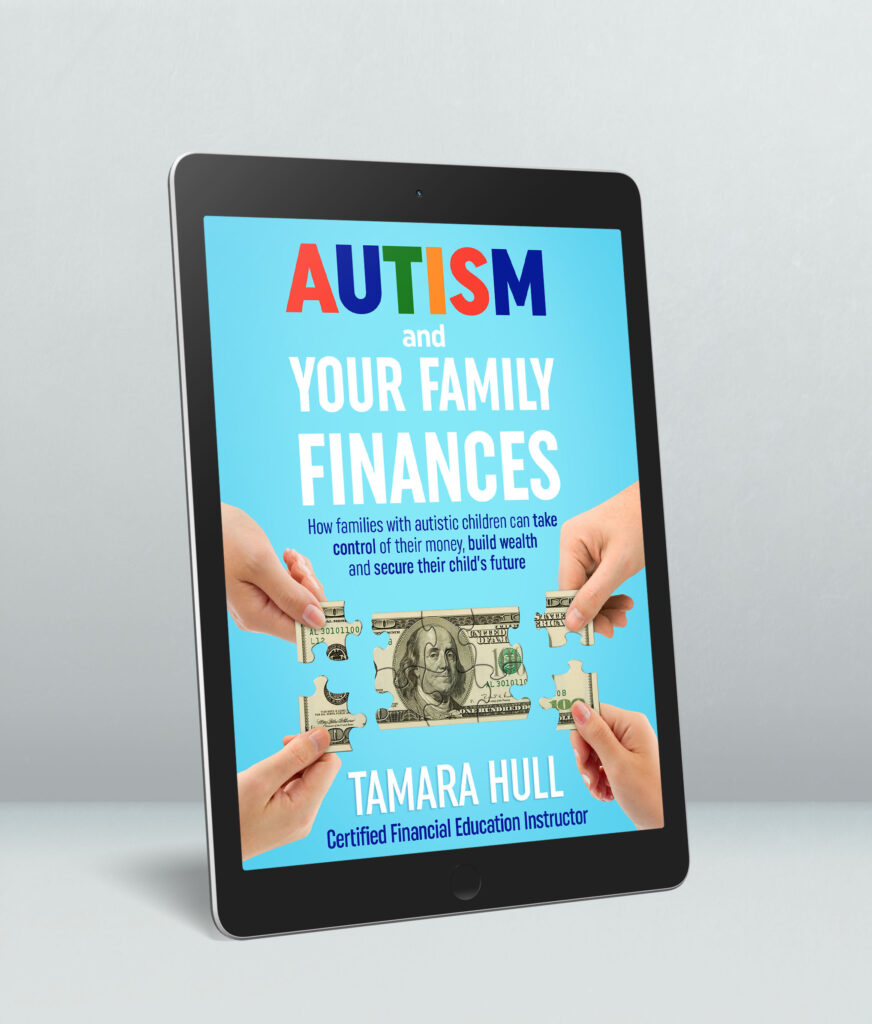Fear, uncertainty, nervousness and worry. These feelings add up to anxiety, and it’s hard enough as parents and caregivers to deal with our own emotions. However, many children with autism and ADHD experience anxiety often, even on a daily basis. How can you help your child manage anxiety?
We have been there ourselves. Our son J had high anxiety for a long period of time, and we took steps to treat it. He worried a lot about situations with other kids. Also, he struggled with situations that didn’t go his way. Those are still challenging for him as it is for most of us if we are honest. His anxiety is much better controlled now, but for a while it was really difficult for him. Sometimes, it still rears its ugly head and causes meltdowns and other behavior issues.
Defining Anxiety

The Merriam-Webster’s Dictionary defines anxiety as “apprehensive uneasiness or nervousness usually over an impending or anticipated ill.” It’s medical dictionary defines it as “an abnormal and overwhelming sense of apprehension and fear often marked by physical signs (such as tension, sweating, and increased pulse rate), by doubt concerning the reality and nature of the threat, and by self-doubt about one’s capacity to cope with it.”
We all feel anxious at times, and that is normal. But when it becomes more intense, it can cause meltdowns, panic attacks and even self-injury. Anxiety can come in different forms such as social anxiety, separation anxiety, phobias and generalized anxiety disorder.
When someone with autism has anxiety, they may show anxiety through:
- increased stimming behaviors
- unwillingness to leave their home
- meltdowns
- refusal to go into certain rooms/places
- sweating
- shaking
- aggressive behavior
- trouble sleeping
- more insistence of routines
- withdrawal from social situations
- appearance of being jumpy
- placement of hands over eyes or ears.
So how can you help your child manage their anxiety?
1. If you can, remove your child from the anxious situation.
If at all possible, the first step is to remove your child from the situation that is causing the anxiety. This is not always possible or even desirable, but if you can, it will allow you to calm your child down and help them work the situation. If it’s a situation (such as a separation with going to school, camp or other place), then you will need to take additional steps to help them accept the situation and work through their emotions.
2. Take care of your child’s sensory needs.
When we feel anxious, our senses go a bit haywire. People with autism and even ADHD are more prone to sensory issues, so taking care of their sensory needs can help alleviate some of the effects of anxiety. For instance, some children need to wear sound-reducing headphones. Putting their headphones on can help them feel better by reducing the amount of noise that may be contributing to the situation. Offering them a fidget toy or gadget can give them a way to deal with their uncomfortable feelings. Letting them retreat to a “safe place” to calm down in the home or at school can be effective.
3. Teach your child calming techniques.

When you are in the middle of a high anxiety situation, it’s good if you have taught your child some calming techniques. For moms, carry a stress ball in your purse or bag on outings to offer to your child. Counting to 10 (or whatever number works!) can help pause the intensity of the moment. Taking deep breaths (okay, that one is for you and your child to do together) can provide the additional oxygen needed because we tend to breathe shallow when we are anxious or stressed.
Being active by jumping on a trampoline or swinging can reduce feelings of anxiety. Lying down for a few minutes and being quiet can calm their feelings. I also have found that letting my child cuddle with a pet can be very helpful.
4. Show your child empathy.
Showing your child empathy can go a long way. Acknowledging their fears and worry can help them understand that you are listening to them and wanting to help them. Try to calm them down and move them to an activity they enjoy such as one that is related to their focused or special interest.
5. Prepare for anxious situations.

If your child is anxious of certain social situations or has separation anxiety when going places, then prepare for those through practicing. Using Social Stories® can help a great deal. Role play the situation so they will be better prepared for it. Talk through the steps you will take in the situation. You could also use a visual schedule to help them prepare for their day.
6. Give your child the opportunity to succeed.
Facing situations that cause fear and anxiety can be the best way to overcome them. We tend to avoid these situations, however, that only reinforces our fear and worry. By engaging them in small doses over time, you can help your child manage their anxiety in these situations. Be sure to lavish praise when they make any progress and celebrate their victories.
7. Know when to seek medical help.
At times, anxiety must be treated by medical professionals. If your child already has a behavior therapist, talk to them about your child’s anxiety levels and the situations that are causing high anxiety. Cognitive behavior therapy can be effective in treating anxiety. If your child’s anxiety is out of control, you may also need to talk to their doctor about medication options.
Have you found other ways to successfully help your child manage anxiety? If so, leave a comment and share with others what has worked for you!
Additional resources
Avoiding Anxiety in Autistic Children: A Guide for Autistic Wellbeing (affiliate link)

The Parents’ Guide to Managing Anxiety in Children with Autism (affiliate link)
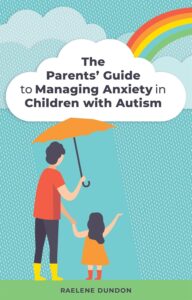
Help Your Dragon Deal with Anxiety: Train Your Dragon to Overcome Anxiety (affiliate link)
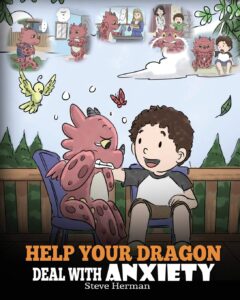
Sometimes I’m Anxious: A Child’s Guide to Overcoming Anxiety (affiliate link)
